
very year around this time we are celebrating the high school and college graduates in our lives. We’re attending ceremonies, going to parties, and sending well wishes. In fact, as I write this, I am preparing for my youngest to graduate high school.
This year’s graduates have had an unprecedented experience. For most of them, a majority of the last four years was spent in a virtual classroom setting. Their lives were essentially placed in a bubble. Our world, although feeling more “normal” than it has in a while, is still experiencing resounding effects from the last few years.
A crop of potential employees is joining the labor market at a time when workers are in demand, employers are trying to reestablish workplace policies and work environments, and the workforce is more generationally diverse than ever before. It is not uncommon to see up to five generations working together, among which, the millennials (born between 1980 and 1995) and Gen Z (born between 1996 and 2012) make up the youngest working generations.
Each generation defines “work” differently and has a unique perspective of what job satisfaction and professionalism mean to them. Multigenerational teams can be difficult to manage due to stereotyping that can hinder a team’s ability to work well together. Keep in mind the millennial generation will predominantly make up the workforce of the next ten years and their work expectations require future planning.
Best practices for effectively managing multigenerational teams are not that different from managing teams in general. However, there are a few practical strategies and principles to cultivate a healthy work environment resulting in greater motivation and retention of a blended workforce.
Setting clear expectations is essential for ensuring everyone is on the same page and developing a culture of accountability regardless of age. If you are managing staff, it’s your job to set the expectations both for individuals and for a team. A small step of carving out time to discuss expectations leads to increased performance for individuals and teams.
Embracing generational perspectives can lend itself to high-performing teams. Each generation is distinctive and brings a set of strengths to the workplace that should be recognized and celebrated. Studies show developing an individual’s strengths has greater impact than spending too much time on their weaknesses. There is value in recognizing one’s expertise and learning from each other. Reverse mentoring is an extraordinary way to grow your leadership.
Communication is essential not just for work, but for life. While each generation may have their preferred communication methods, cross-generation communication can be highly effective. Just as there is no right or wrong work style, there is no right or wrong method of communication.
Employee engagement is crucial for creating the kind of employee experience that will help you retain and attract employees. Develop a method for regularly surveying your workforce to discover what they value, what motivates them, and their expectations. Being in tune and responsive to what is on the minds of your staff increases their performance exponentially, while also identifying problems before they become disruptive.
Being curious is the quickest path to understanding. If you are worried about stirring up trouble by asking something, remember there is more at risk by relying on assumptions. The reality is most people are happy to answer questions. The key is to ask questions from a place of curiosity, not judgment.
Respecting boundaries may be the most challenging feat you face as a manager of a blended generation of workers. Taboo topics of the past, like diversity and inclusion, mental health, and gender roles, are becoming widely discussed in professional settings. Everyone comes with a different background, experiences, and their own level of comfort and willingness to engage. The role of the manager is to foster an environment of mutual respect.
People are people. Remember the individuals who make up your organization are each unique, and don’t always fit into an overgeneralization of their generation. The more you can do to know each individual and what motivates them, the greater opportunity you will have to leverage the advantages of a multigenerational workforce, regardless of your employees’ level of experience, age, or position.
